

— Solutions —
—Products—
 Consumer hotline +8618073152920
Consumer hotline +8618073152920 WhatsApp:+8615367865107
Address:Room 102, District D, Houhu Industrial Park, Yuelu District, Changsha City, Hunan Province, China
Agriculture
Time:2025-11-10 17:55:07 Popularity:262
In modern agriculture, fertilizer input is one of the largest costs. However, the fertilizer application efficiency is low, leading to significant waste, and over-application can cause environmental pollution. Traditional fertilization relies on experiential judgment, resulting in the following problems:
- Uneven soil nutrient distribution makes precise fertilization difficult.
- Inaccurate fertilizer amounts and timing affect crop growth.
- Lack of real-time data monitoring and decision support.
- Fertilizer waste and environmental burden increase production costs.
For example, in a 100-acre cornfield, traditional fertilization methods result in approximately 20-25% fertilizer waste, increasing costs and causing yield fluctuations of 10-15%.
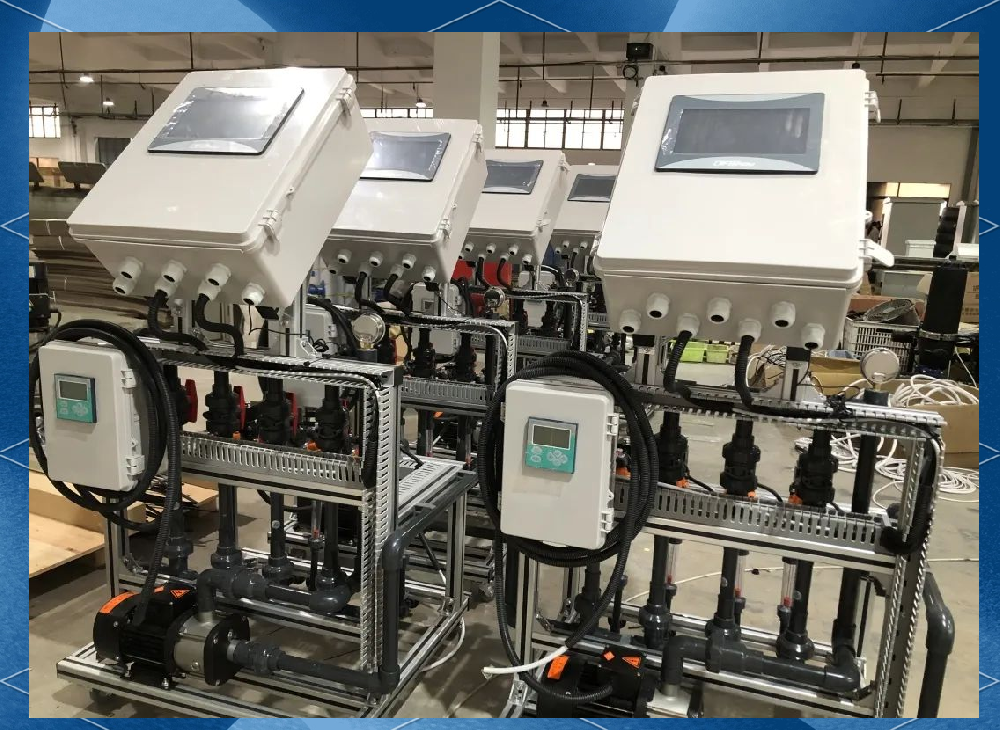
- Uneven soil nutrients affect crop yields.
- Significant differences in soil EC values and nutrient content across different areas.
- Manual fertilization is difficult to match the needs of different plots accurately.
- Fertilization timing and amounts are difficult to control scientifically.
- Fertilization is based on experience and calendar schedules, without dynamic adjustments.
- Lack of consideration for crop growth stages, leading to low fertilizer efficiency.
- Lack of real-time monitoring and warnings.
- Difficulty in detecting nutrient deficiencies or excesses in time.
- Delayed response to fertilization anomalies or equipment failures.
- Environmental and cost pressures.
- Over-fertilization leads to water pollution and soil salinization.
- High labor and fertilizer costs with uncertain ROI.
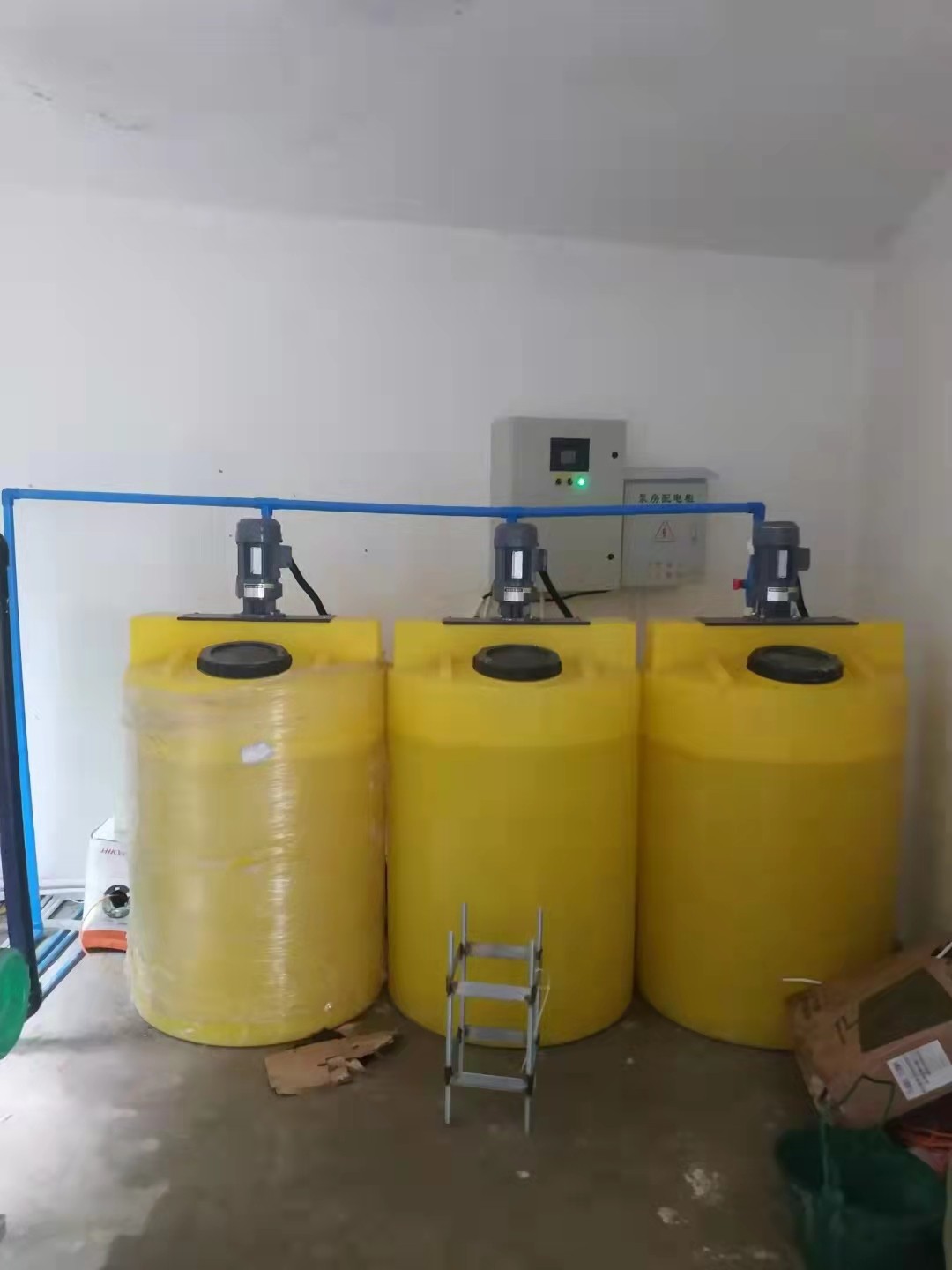
Goals:
- Improve fertilizer utilization and reduce waste.
- Achieve precise fertilization and automated management.
- Support data-driven decision-making to increase crop yield and quality.
- Reduce environmental impact and promote sustainable agriculture.
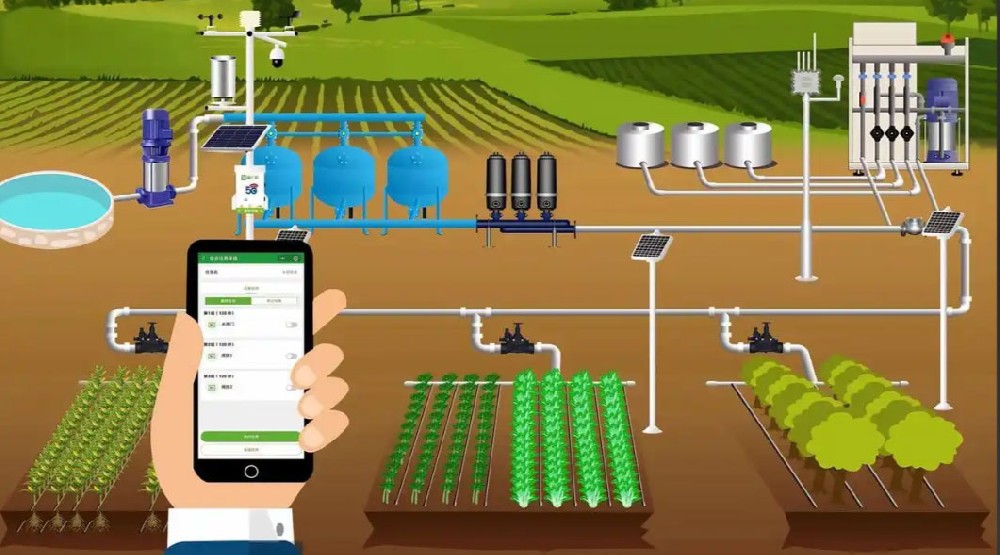
| Technology | Product | Function Description |
| Soil EC/Humidity/Temperature/pH Sensors | NBL-S-THR/NBL-S-TM/NBL-S-TMC/NBL-S-PH | Real-time monitoring of soil nutrients, conductivity, moisture, and pH for smart fertilization decisions. |
| Smart Fertilization System | Niubol Fertigation Controller | Automatically controls fertilizer flow and application time. |
| Weather Station | Niubol Weather Station/Atmospheric Humidity Sensor/Wind Direction Sensor/Rain Gauge | Provides weather data to optimize fertilization schemes. |
| Data Collector | Niubol Gateway | Collects soil, fertilizer, and weather data for centralized analysis. |
| Cloud Platform and Algorithm | Niubol IoT Cloud Platform | Analyzes data to generate precise fertilization recommendations and control devices. |
| Mobile App | Niubol Farm App | Monitors fertilization status in real-time, remotely adjusts parameters, and receives anomaly alerts. |
- Monitors soil electrical conductivity, moisture, and temperature.
- Provides data for assessing soil nutrient content and fertilization needs.
- Automatically adjusts liquid fertilizer flow and application timing.
- Works with irrigation systems to achieve precise fertigation.
- Monitors atmospheric temperature, humidity, rainfall, and wind speed.
- Supports dynamic optimization of fertilization schemes, avoiding loss during rain or wind drift.
- Centralizes sensor and fertilization device data for cloud upload.
- Ensures complete, stable, and real-time data transmission.
- Provides historical data analysis and crop growth trend forecasting.
- Supports unified management of multiple fields and crops.
- Displays fertilization data and soil nutrient status.
- Allows remote adjustment of fertilizer amounts and timing.
- Sends anomaly alerts with recommended actions.
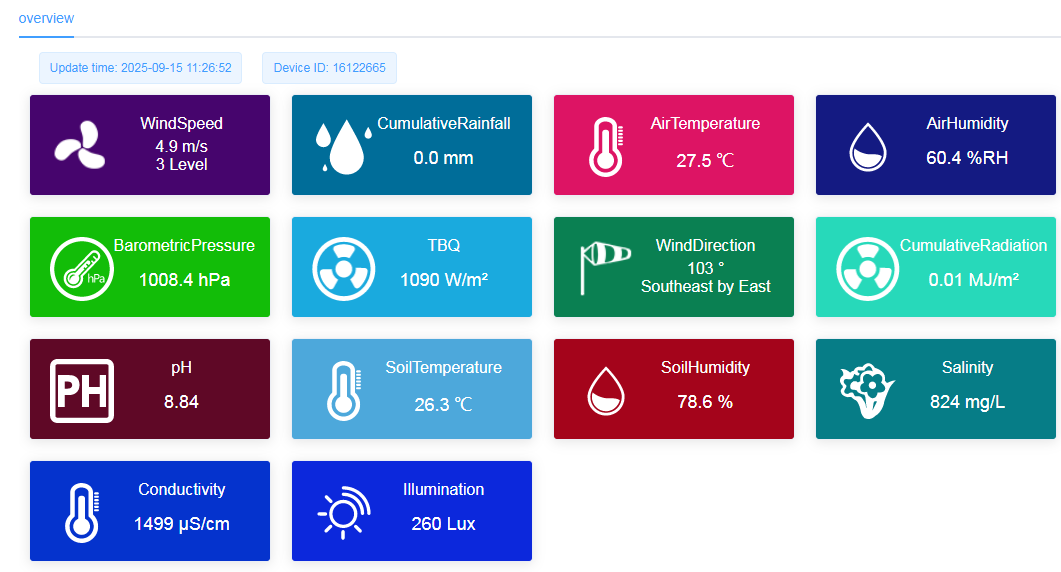
- Measure soil EC values, soil types, and crop species.
- Divide the field into different fertilization units and determine sensor placement.
- Niubol provides customized fertilization scheme design.
- Place soil EC/humidity/temperature sensors every 20-50 meters.
- Connect the smart fertilization system to the irrigation network for area-specific fertilization.
- Install weather station at the field center to ensure full coverage.
- Connect data collectors to all sensors and fertilization devices.
- Set soil EC, moisture, and fertilizer amount thresholds.
- Cloud platform generates automatic fertilization plans, supporting adjustments by crop growth stage.
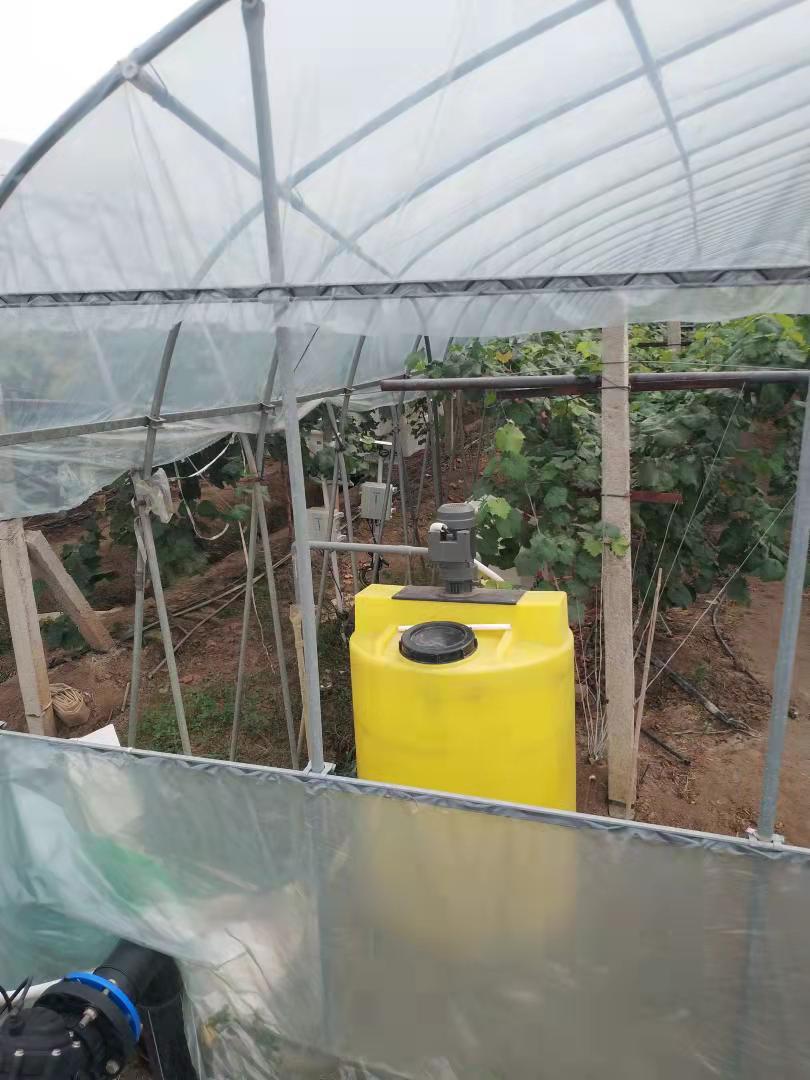
- Observe soil nutrient changes and fertilization response for two weeks.
- Adjust valve flow rates and fertilization cycles to optimize strategies for different plots.
- Cloud platform generates initial reports to verify fertilizer utilization and crop growth.
- The system automatically applies fertilizer, and managers monitor in real-time via the app.
- Fertilizer amounts are dynamically adjusted based on soil and weather data.
- Anomalies, such as insufficient fertilizer or equipment failure, trigger automatic alerts.
- Soil EC anomalies: The system alerts and adjusts fertilization plans.
- Fertilization equipment failure: Pause fertilization for that area and send a maintenance notice.
- Weather anomalies: Pause fertilization on rainy days to prevent fertilizer loss.
- Cloud platform analyzes historical soil, fertilization, and yield data.
- Continuously optimizes fertilization strategies to achieve high yields, efficiency, and low costs.
- Supports the unified management of multiple fields and crops.
 | 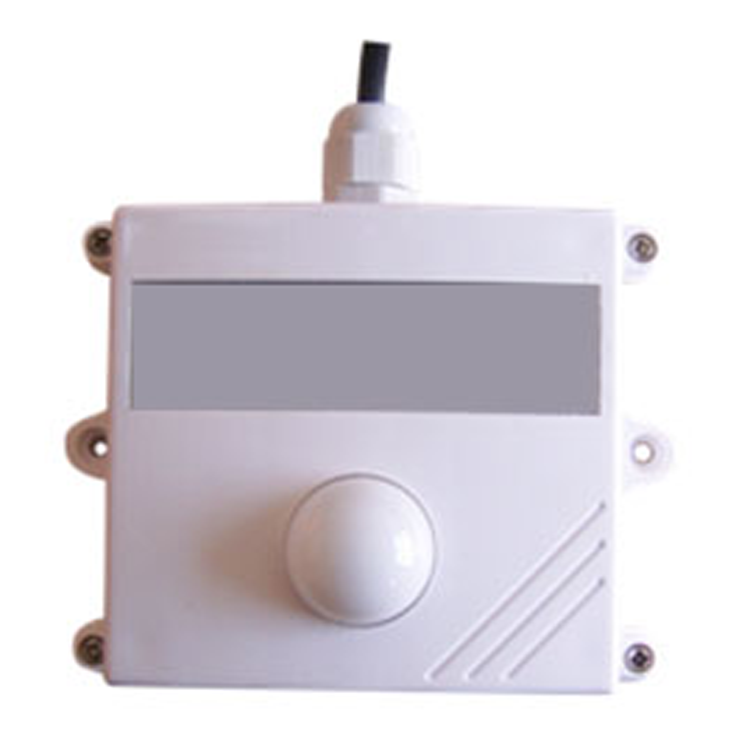 | 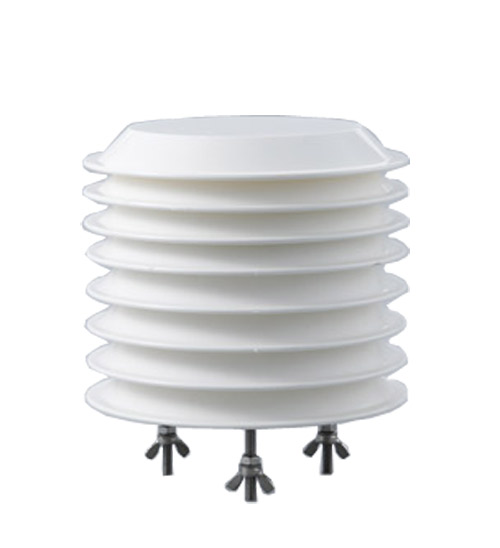 |  |
| Atmospheric Temperature Humidity pressure Sensor | illumination sensor | CO2 sensor | Leaf Wetness Sensor |
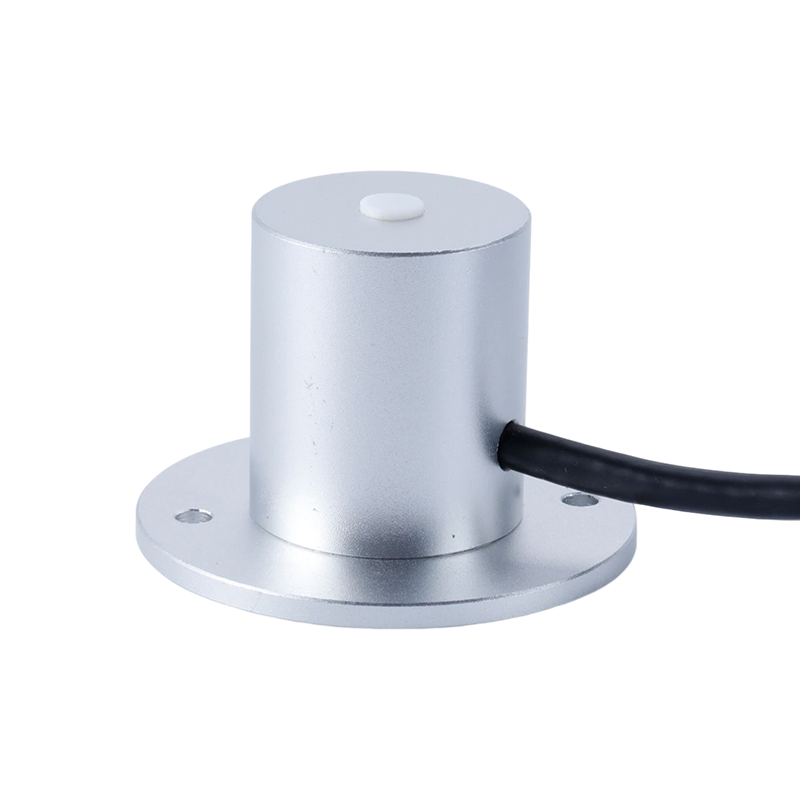 | 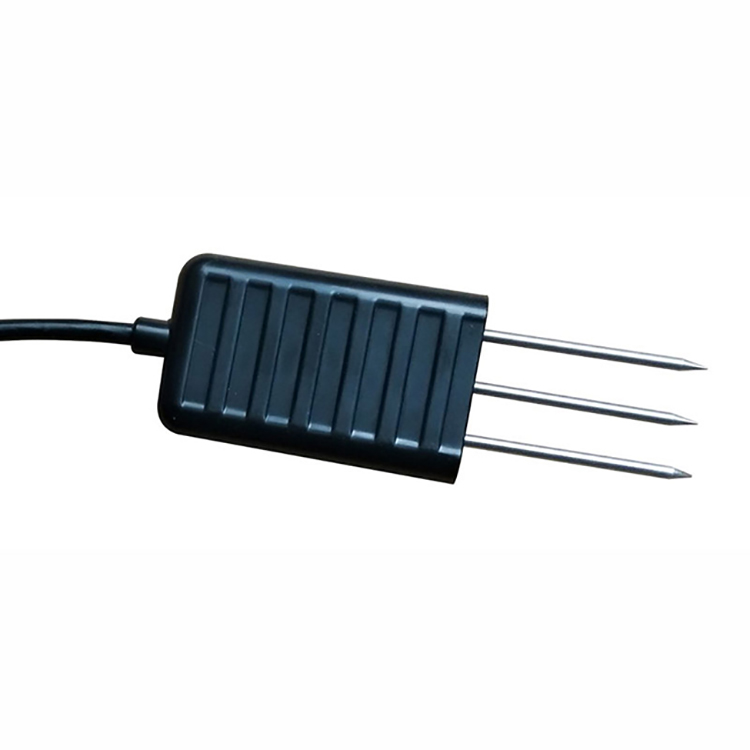 |  | 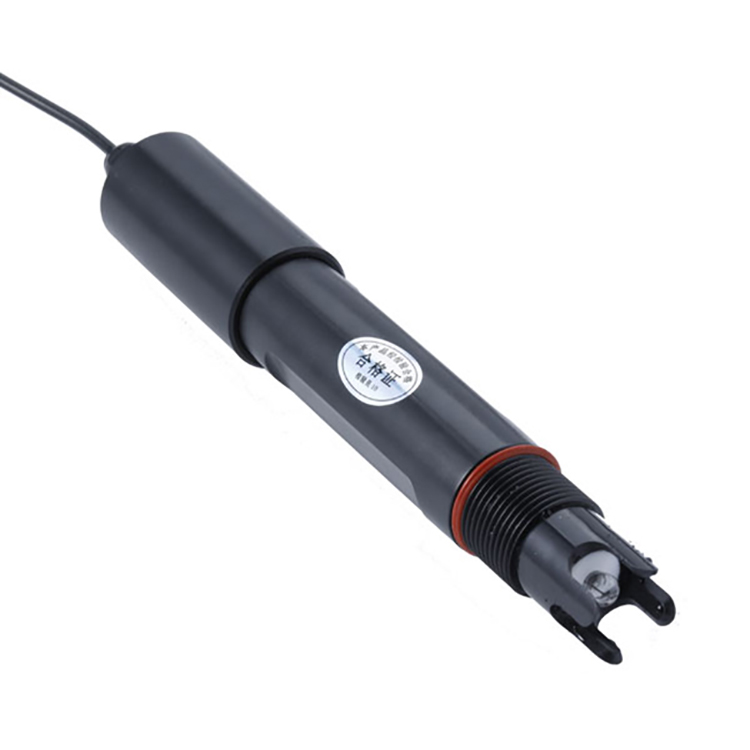 |
| PAR Sensor | 3-in-1 Soil Temperature Humidity EC Sensor | Soil Moisture Temperature sensor | Soil pH sensor |
- Precise Fertilization: Improves water and fertilizer use efficiency by 25-30%, reducing waste.
- Automated Management: Reduces labor input by about 40%, making operations simpler.
- Environmentally Friendly: Reduces soil salinization and water pollution caused by over-fertilization.
- Increased Yield and Quality: Optimized fertilization improves crop yield by 10-15%, with a 15% improvement in uniformity.
- Anomaly Alerts: Provides timely alerts for soil nutrient abnormalities, equipment failures, and weather changes.
Data-Driven Decision Making: Historical trend analysis guides long-term fertilization strategies.
Multi-field and Multi-crop Management: Unified cloud platform monitoring improves management efficiency.
Clear ROI: Reduces fertilizer consumption, saves labor costs, with ROI within 12-18 months.
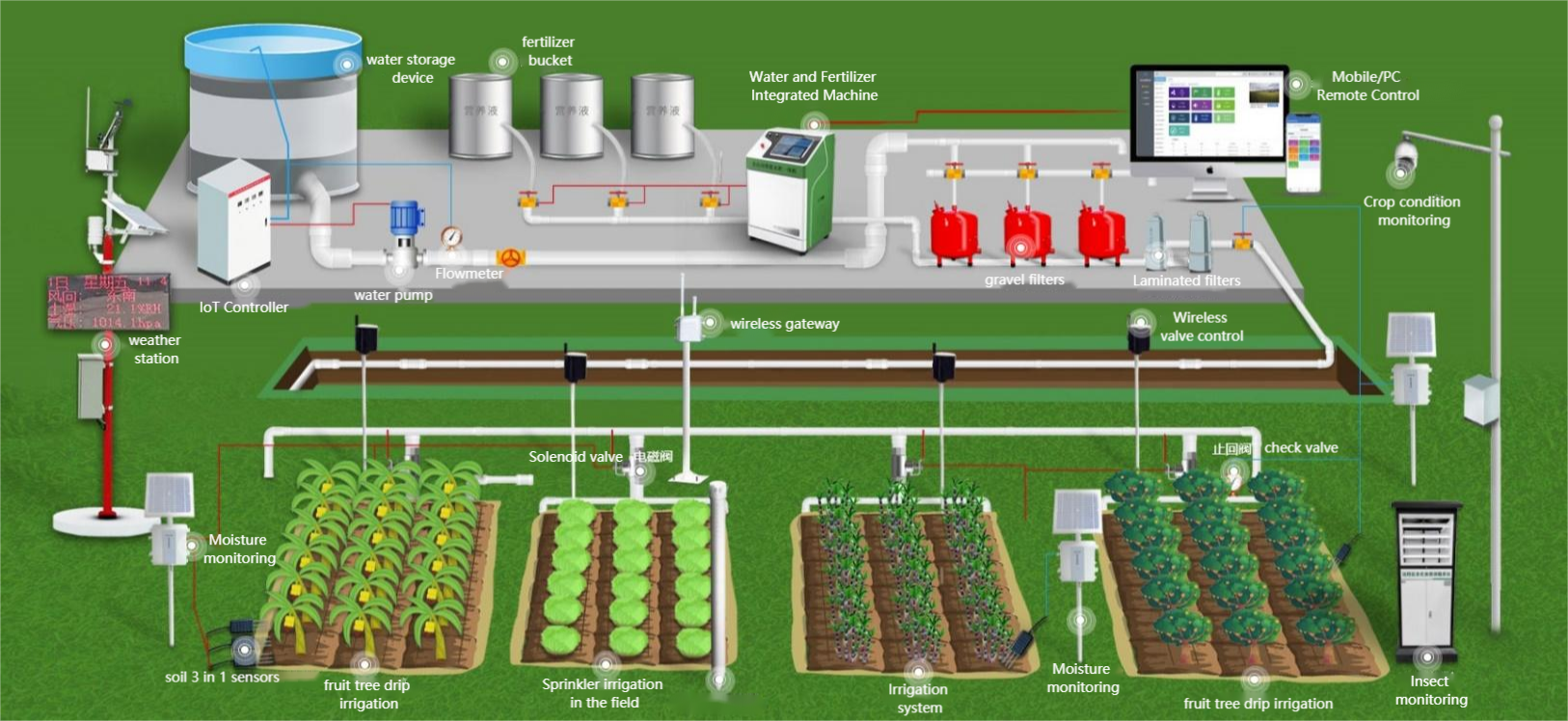
Jiangsu Corn Efficient Fertilization Farm
- Area: 200 acres
- Products Deployed: NBL-S-TMC + Niubol Fertigation Controller + Niubol Weather Station + Gateway + Cloud + Farm App
- Before Installation: Traditional fertilization relied on experience, with 20% fertilizer waste and yield fluctuations of 10%.
After Installation:
- Automated fertilization linked to irrigation systems.
- Fertilizer efficiency increased by 28%, yield improved by 12%.
- Labor input reduced by 40%, and system generates weekly and monthly reports for optimized management.
Data Flow Diagram
Soil EC/Humidity Sensors → Niubol Gateway → Niubol Cloud → Farm App → Automated Fertilization Control → Farm Field

Vegetables, corn, rice, fruit trees, etc., with customized fertilization schemes based on crop growth stages.
No need to modify the structure, just install sensors, fertilization control valves, and data collectors.
Soil EC and humidity data are collected every 5-10 minutes, and the cloud platform generates real-time fertilization plans.
The system automatically alerts and provides handling suggestions. Fertilization amounts can be remotely adjusted, or fertilization can be paused.
Monthly checks of sensors and valves, cleaning the equipment is simple and easy to operate.
Typically 12-18 months, depending on farm scale and crop types.
Niubol offers full installation, debugging, and training services to ensure managers can operate the system proficiently.

Contact Niubol for the smart fertilizer optimization solution to achieve precise fertilization, save costs, and increase yield!
Prev:Vineyard & Orchard Monitoring — Smart Climate & Irrigation Management
Next:NiuBoL Greenhouse Monitoring System: Intelligent Agriculture Panoramic Management Solution
Related recommendations
Sensors & Weather Stations Catalog
Agriculture Sensors and Weather Stations Catalog-NiuBoL.pdf
Weather Stations Catalog-NiuBoL.pdf
Related products
 Combined air temperature and relative humidity sensor
Combined air temperature and relative humidity sensor Soil Moisture Temperature sensor for irrigation
Soil Moisture Temperature sensor for irrigation Soil pH sensor RS485 soil Testing instrument soil ph meter for agriculture
Soil pH sensor RS485 soil Testing instrument soil ph meter for agriculture Wind Speed sensor Output Modbus/RS485/Analog/0-5V/4-20mA
Wind Speed sensor Output Modbus/RS485/Analog/0-5V/4-20mA Tipping bucket rain gauge for weather monitoring auto rainfall sensor RS485/Outdoor/stainless steel
Tipping bucket rain gauge for weather monitoring auto rainfall sensor RS485/Outdoor/stainless steel Pyranometer Solar Radiation Sensor 4-20mA/RS485
Pyranometer Solar Radiation Sensor 4-20mA/RS485
Screenshot, WhatsApp to identify the QR code
WhatsApp number:+8615367865107
(Click on WhatsApp to copy and add friends)
